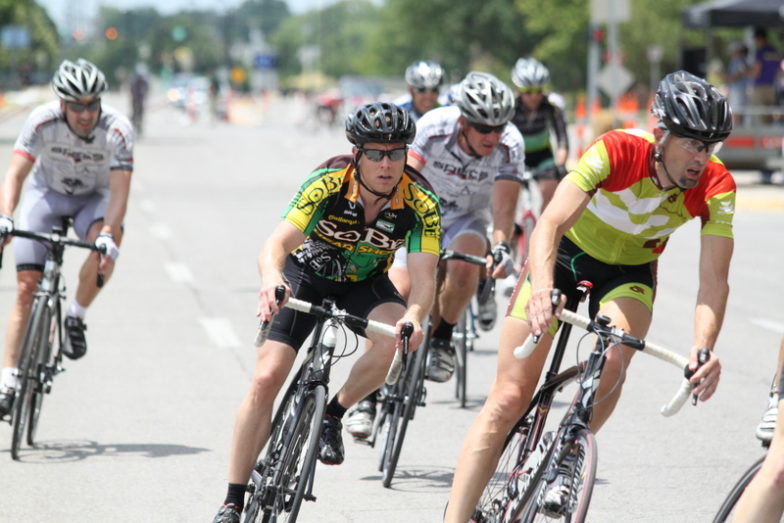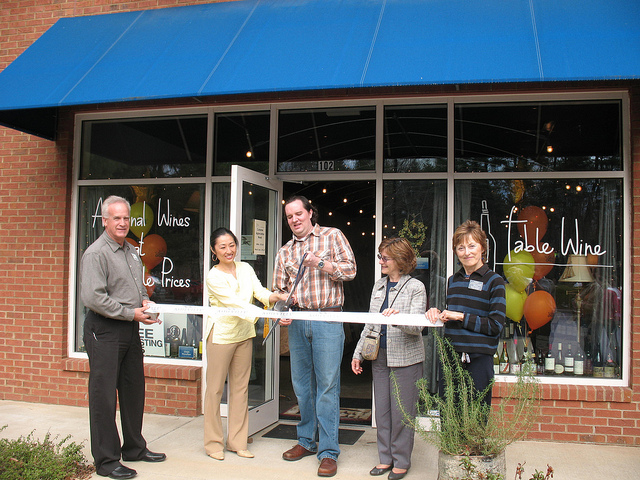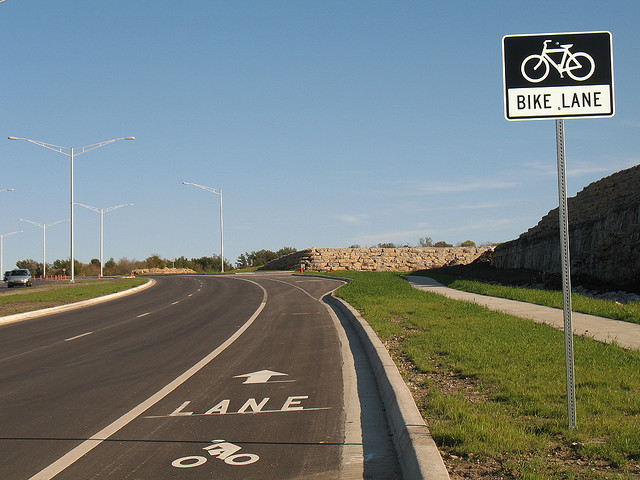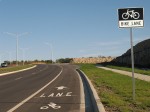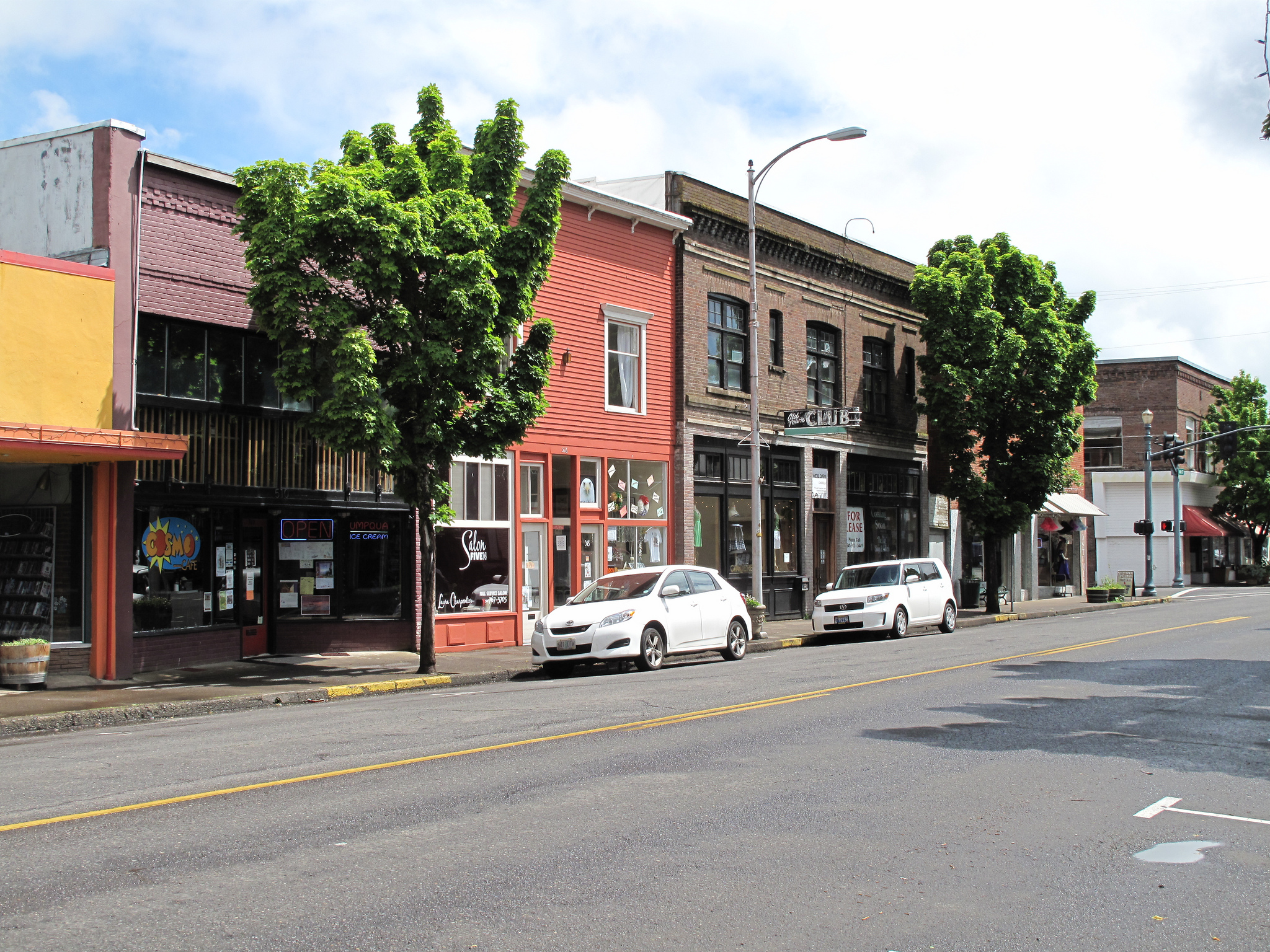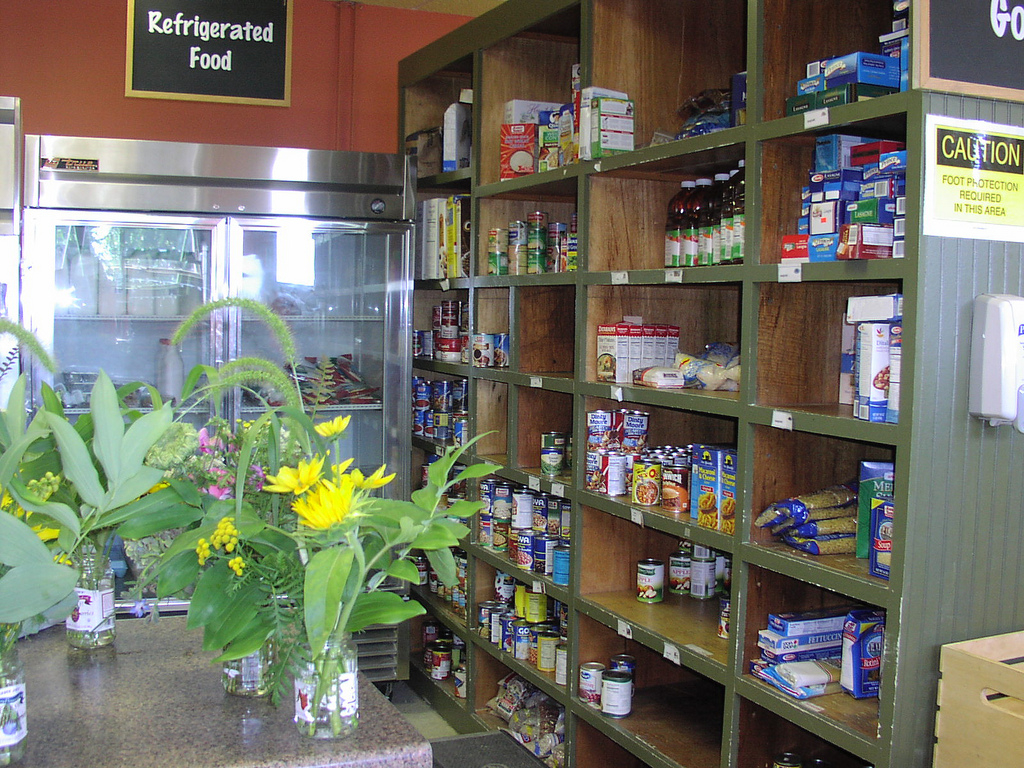A bridge, depending on context, can describe many things. It describes a structure that spans a gap, a connection between two sides of a debate, or a common connection between people. Regardless, it always symbolizes a positive relationship.
The bridge pictured is the Royal Gorge Bridge in Fremont County, Colorado. Completed in 1929, it was the highest suspension bridge in the world with a deck height of 955 feet above the Arkansas River. It physically demonstrates many of the definitions outlined earlier. It connects two points, it brought people together to work on a common effort, and it exemplifies courage and confidence in its boldness.
For me, it symbolizes a creative solution designed to achieve all three aspects identified: planning (people), design (process), and implementation (place).
Building bridges is the act of crossing gaps to achieve a destination. Sometimes, that destination is a goal you set for oneself in life. Goals and inspirations are motivators drawing one forward. When using the phrase, “I’ll cross that bridge when I come to it,” one is proclaiming that issues and obstacles in one’s future will not overcome one’s efforts and talents.
Confidence and courage are traits we all have. Some are displayed in overt and admirable ways; some are internal motivations, privately steering one’s efforts and ambitions. Recently, p3 communities, inc. moved from the Great Plains to the Rocky Mountains. This relocation is a bridge I have come to cross, both literally and figuratively, and demonstrates my confidence and courage in building a new practice, and I know this move will not overcome my efforts and talents!
p3 is elated to call Cañon City, Colorado and Fremont County, home. I will continue to build healthy, sustainable, and prosperous communities both in the architectural projects I develop, and in the community development exercises I facilitate. I look forward to the many bonding and bridging relationships I will develop. I know that my past twenty-five years of service to people and their communities will provide me twenty-five more years of service in my new home.
I’ll see you on the other side!


